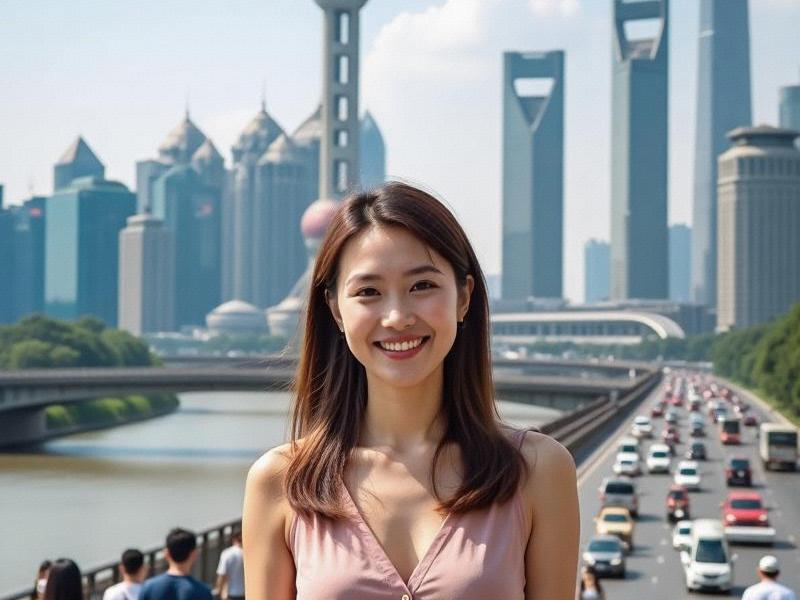This investigative feature explores Shanghai's cultural transformation, examining how the city is balancing heritage preservation with contemporary creativity to establish itself as Asia's new cultural capital.

The scaffolding surrounding the historic Shikumen buildings along Shanghai's West Bund tells a dual story of preservation and reinvention. Behind these construction barriers lies one of the world's most ambitious urban cultural transformations - a city simultaneously excavating its past while inventing its future.
Shanghai's cultural renaissance manifests in striking statistics: The city now boasts 157 museums (triple the number from a decade ago), 284 art galleries, and over 80 renovated heritage buildings repurposed as cultural spaces. The recently completed Shanghai Grand Opera House, with its unique spiral design, anchors a new cultural corridor along the Huangpu River that attracted 12 million visitors in its first year.
"What makes Shanghai's cultural revival unique is its hybrid character," explains Dr. Emma Chen, cultural historian at Tongji University. "The city isn't choosing between preserving its 1930s golden age and embracing contemporary creativity - it's doing both simultaneously and creating something entirely new in the process."
上海神女论坛
This synthesis appears in projects like the Tank Shanghai art complex, where converted aviation fuel tanks now house cutting-edge installations. Nearby, the centuries-old Longhua Temple has become an unexpected center for digital art collaborations with tech companies. Even the iconic Bund has evolved, with historic bank buildings now hosting avant-garde theater productions alongside traditional tea ceremonies.
The economic impact is substantial. Shanghai's creative industries now contribute over 13% of the city's GDP, employing nearly 1.4 million workers. The annual Shanghai International Art Festival generates an estimated $280 million in economic activity, while the newly established West Bund Art District has become a hub for Asia's booming art market.
爱上海论坛
Government policies have accelerated this transformation. The "Shanghai Cultural Development 2025" plan allocates $2.3 billion for cultural infrastructure, with special emphasis on grassroots arts organizations. Strict heritage protection laws now cover over 1,050 historical buildings, while incentives encourage creative reuse rather than demolition.
Global partnerships multiply these efforts. The recently opened Pudong Museum of Art, designed by French architect Jean Nouvel, exemplifies international collaboration. Meanwhile, the Shanghai Biennale has grown into one of Asia's most influential contemporary art events through partnerships with institutions like London's Tate Modern.
上海喝茶群vx
Challenges persist beneath the glittering surface. Rising rents threaten independent galleries and studios, pushing artists to cheaper suburbs. Some critics argue the cultural boom favors spectacle over substance, with "instagrammable" installations overshadowing more challenging works. The tension between commercial success and artistic integrity remains unresolved.
As Shanghai prepares to host the 2025 World Cities Culture Summit, its cultural metamorphosis offers lessons for global cities. The Shanghai Model - combining strong government support with market forces and international exchange - suggests new possibilities for urban cultural development in the 21st century.
From the traditional puppetry shows in Jing'an Park to the augmented reality exhibitions in Power Station of Art, Shanghai's cultural landscape now spans centuries and technologies. In this city where jazz age ballrooms coexist with AI art labs, the future of urban culture is being written - one creative collision at a time.